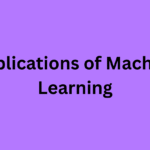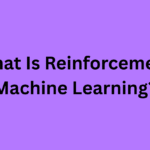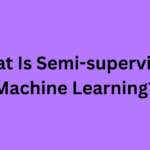Software Engineering- Tutorial
Chapter 1: Introduction to Software Engineering
1.1 Definition and Importance of Software Engineering
1.2 Software vs Program vs Product
1.3 Software Characteristics and Components
1.4 Software Engineering Myths
1.5 Software Crisis and Need for Engineering Approach
Chapter 2: Software Process Models
2.1 Software Development Life Cycle (SDLC)
2.2 Waterfall Model
2.3 V-Model
2.4 Incremental and Iterative Models
2.5 Spiral Model and Agile Methodologies
2.6 DevOps in Software Development
Chapter 3: Requirements Engineering
3.1 Requirements Gathering and Analysis
3.2 Functional vs Non-functional Requirements
3.3 Requirement Specification Document (SRS)
3.4 Feasibility Study
3.5 Requirements Validation and Management
Chapter 4: Software Design
4.1 Principles of Software Design
4.2 System Design vs Detailed Design
4.3 Architectural Design Patterns
MVC, layered, client-server
4.4 UML Diagrams
Use case, class, sequence, activity
4.5 Design for Reusability and Modularity
Chapter 5: Software Project Management
5.1 Project Planning and Scheduling
5.2 Work Breakdown Structure (WBS)
5.3 Gantt and PERT Charts
5.4 Risk Management in Projects
5.5 Cost Estimation Models
COCOMO, Function Point Analysis
Chapter 6: Coding and Software Construction
6.1 Coding Standards and Guidelines
6.2 Programming Practices
Structured, modular, OOP
6.3 Code Reviews and Refactoring
6.4 Code Reusability
6.5 Software Configuration Management
Chapter 7: Software Testing
7.1 Testing Concepts and Objectives
7.2 Levels of Testing
Unit, integration, system, acceptance
7.3 Black Box vs White Box Testing
7.4 Test Case Design Techniques
7.5 Automation Testing and Tools (e.g., Selenium)
Chapter 8: Software Maintenance and Evolution
8.1 Types of Maintenance
Corrective, Adaptive, Perfective, Preventive
8.2 Software Evolution Models
8.3 Reverse Engineering and Re-engineering
8.4 Impact of Changes and Change Control
8.5 Legacy System Management
Chapter 9: Software Quality and Metrics
9.1 Quality Assurance vs Quality Control
9.2 ISO 9126 Software Quality Attributes
9.3 Software Metrics
Product, process, and project metrics
9.4 Defect Density, Code Coverage, Cyclomatic Complexity
9.5 Software Reviews and Audits
Chapter 10: Emerging Trends in Software Engineering
10.1 Agile and Scrum Frameworks
10.2 DevOps and Continuous Integration/Delivery
10.3 Software as a Service (SaaS)
10.4 Mobile and Cloud-based Software Engineering
10.5 AI and Machine Learning in Software Tools






